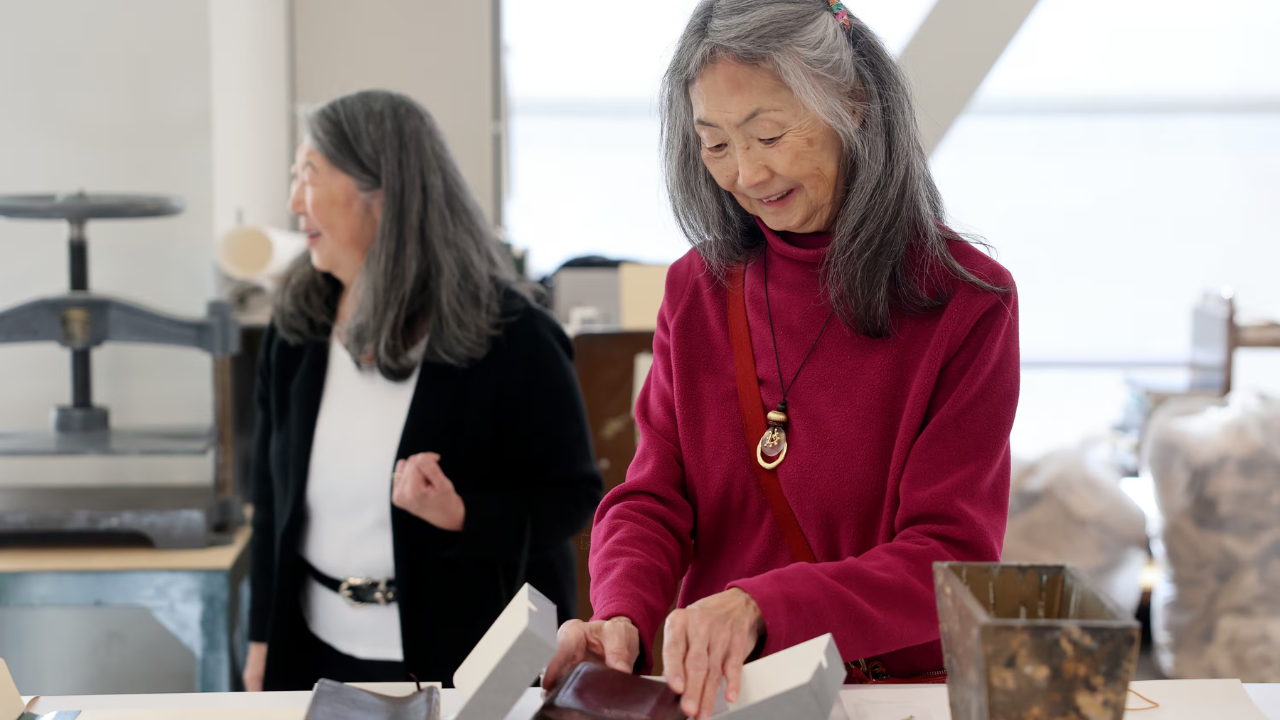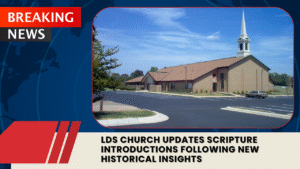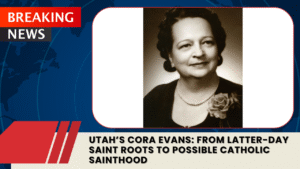A century-old time capsule buried in the cornerstone of the Japanese Church of Christ in Salt Lake City, Utah has opened a window into the lives and faith of early Japanese immigrants who helped shape the city’s cultural landscape.
A Message Across Generations
On November 2, 1924, church members sealed a small cast-iron box into the cornerstone of their newly built chapel. Inside were handwritten Bibles, newspapers, church records, and a hand-sewn Japanese flag — symbols of devotion and perseverance amid a time of hardship and discrimination.
Among the most moving discoveries was a Japanese-language Bible once belonging to Lois Hide Hashimoto, who emigrated from Japan in 1906. Inside, her mother had written:
“The Lord is our strength and refuge.”
Eighteen years later, Lois added her own words before donating it to the church’s cornerstone ceremony. Her 13-year-old son, Eddie Hashimoto, also placed his English-language Bible inside, inscribed with the date and his Salt Lake City address.
Their descendants, Joy Douglass and Ann Pos, recently held those same Bibles for the first time, overwhelmed by the tangible connection to their family’s legacy.
Uncovering the Hidden Capsule
Extracting the time capsule was no easy feat. Church members drilled through concrete, brick, and rebar to reach it. Inside, they found perfectly preserved items:
- Two Bibles from the Hashimoto family
- A hand-stitched Japanese flag and a 48-star American flag
- Copies of The Salt Lake Tribune, Utah Nippo, and Rocky Mountain Times, dated November 1924
- Articles of incorporation and a brief history of the church, noting its original $30,000 construction cost
- A silver-trimmed sheet listing Sunday School teachers
Experts at the University of Utah Marriott Library Preservation Department carefully opened and cataloged each artifact. Despite more than a century underground, the papers and fabrics showed almost no decay.
Randy Silverman, the university’s preservation head, described the bronze box as “unlike anything I’ve seen — half an inch thick, beautifully cast, and designed to last.”
Preserving a Vanishing Japantown
The Japanese Church of Christ, established in 1918, once stood in the heart of Salt Lake City’s bustling Japantown, a vibrant community that stretched along 100 South. Today, only two buildings remain — the church and the Salt Lake Buddhist Temple — both still holding weekly services.
But their future is uncertain. The church now sits inside the footprint of a proposed multibillion-dollar sports and entertainment district being developed by the Smith Entertainment Group, owners of the Utah Jazz and Delta Center.
While developers have pledged to be “sensitive” to the church’s heritage, longtime congregants fear history could repeat itself. When the Salt Palace Convention Center was built decades ago, most of Japantown was demolished.
“It’s such a struggle,” said church elder Alan Shino. “Will we survive another hundred years? This discovery came at the right time — it reminds us who we are and why we must preserve our story.”
A Testament to Faith and Resilience
For many in the congregation, the time capsule represents more than historical artifacts. It embodies a legacy of endurance.
“They worked so hard while facing racism, language barriers, and uncertainty,” said Lorraine Crouse, a third-generation church trustee. “That time capsule was their way of looking forward — not just for themselves, but for us.”
Now, as the church stands at another crossroads, members are determined that the values sealed inside that small iron box — faith, unity, and perseverance — will continue to guide them into the future.



